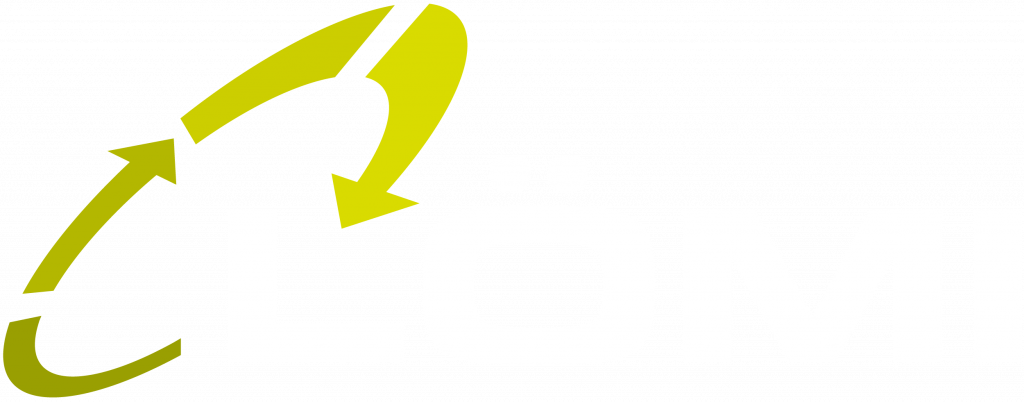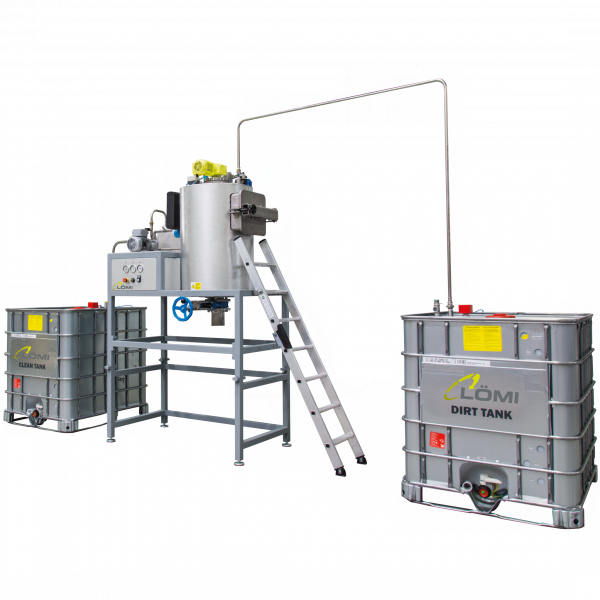Our systems are capable of reprocessing all organic solvents in outstanding quality by applying the special LÖMI vacuum technology with automatic operation. Integration into existing purification processes is possible in a fast and economical way.
Solvent Recycling Systems
APPLICATION
Our systems are capable of reprocessing all organic solvents in outstanding quality by applying the special LÖMI vacuum technology with automatic operation. Integration into existing purification processes is possible in a fast and economical way.
Advantages
- Consistent cost savings
- Minimisation of disposal costs
- Minimisation of stockkeeping
- Minimisation of in-house handling
- Rapid amortisation
- Recovery rate up to 99 percent
- Consistent production quality
Vacuum distillation is used for reprocessing the solvent: The distillation can be carried out at lower temperatures, as the vacuum leads to a decrease in the boiling point of the solvent. This reduces the energy requirement and therefore the operating costs. The lower temperatures have a number of positive side effects: firstly, thermal decomposition of the solvent is prevented, secondly, foaming due to possibly contained water is reduced. In addition, when reprocessing solvent-based media with nitrocellulose lacquer components, process temperatures of less than 100 °C can be guaranteed.
BASIC LINE
These systems are characterized by extensive standardization, low investment costs and a short lead time.
CUSTOMIZED LINE
Tailor-made high-end systems that are individually adapted to your process. With comprehensive configuration variations, we can satisfy any of your requirements.
BASIC LINE: VDA / VRA
Application Range
These systems are characterized by extensive standardization and low investment costs with short delivery times. The VDA model series for small distillation rates comes with a horizontal chamber in a compact frame. Systems are available in a volume range from 30 to 250 liters. The VRA model series is designed for medium and large distillation rates. The systems feature a vertical chamber with a stirring device. They are available with volumes from 250 to 4,000 liters.
Specifications
- Profitable from 25 l/day (VDA) / 100 l/day (VRA)
- Low investment costs
- Short lead time
- Automatic operation, 24/7
- Advanced clean technology, closed system
- Integrated heating and vacuum unit
- Water-cooled steam condenser
- Explosion-proof according to ATEX Directive 2014/34/EU (ATEX 114)
- Made in Germany
Downloads
BASIC LINE – VDA model series for small distillation rates:
BASIC LINE – VRA model series for medium and large distillation rates:
CUSTOMIZED LINE: LRA / RWA
Application Range
Tailor-made high-end systems that are individually adapted to your process. With comprehensive configuration variations, we can meet any of your requirements. The LRA model series for small distillation rates comes with a horizontal vessel in a compact frame. Systems are available in a volume range from 50 to 250 liters. The RWA model series is designed for medium and large distillation rates. The plants feature a vertical chamber with an agitator. They are available with volumes from 300 to 4,000 liters.
Specifications
- Fully automatic distillation, 24/7
- Stainless steel process chamber
- Sheet metal covering made of anodised aluminium, with quick-release fasteners
- Safety closure with O-ring seal
- Integrated vacuum unit
- Integrated thermal oil heating
- Explosion-proof according to ATEX Directive 2014/34/EU (ATEX 114)
- Electric control cabinet with Programmable Logic Control (PLC), display- and operating-terminal
Downloads
CUSTOMIZED LINE – LRA model series for small distillation rates:
CUSTOMIZED LINE – RWA model series for medium and large distillation rates:
FAQ
An in-house solvent recovery system is profitable starting at 25 liters of used solvent per day.
For quantities of more than 200 liters per day, the amortization of a solvent treatment plant usually occurs within one year, for smaller systems after about two years.
The distillation can be carried out at lower temperatures, as the vacuum leads to a decrease in the boiling point of the solvent. This reduces the energy requirement and therefore the operating costs.
The lower temperatures have a number of positive side effects: firstly, thermal decomposition of the solvent is prevented, secondly, foaming due to possibly contained water is reduced. In addition, when reprocessing solvent-based media with nitrocellulose lacquer components, process temperatures of less than 100 °C can be guaranteed.
BASIC LINE
Auxiliary Equipment
- Process chamber non-stick coating
- Cleaning tools
- Collecting trays
- Cooling systems
CUSTOMIZED LINE
Auxiliary Equipment
- Process chamber non-stick coating
- Cleaning tools
- Collecting trays
- Cooling systems
- Pre-separation
- Air extraction unit
- Mobile fill level monitoring
- Nitrocellulose safety equipment
- Tanks – optionally with:
- Heating
- Cooling
- Stirring unit
- Plate heat exchangers
- Heating:
- Thermal oil
- Water
- Steam


